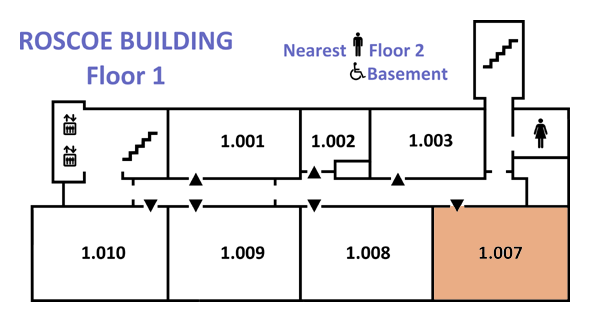
|
iCHSTM 2013 Programme • Version 5.3.6, 27 July 2013 • ONLINE (includes late changes)
Index | Paper sessions timetable | Lunch and evening timetable | Main site |

|
iCHSTM 2013 Programme • Version 5.3.6, 27 July 2013 • ONLINE (includes late changes)
Index | Paper sessions timetable | Lunch and evening timetable | Main site |
 | University of Manchester, United Kingdom
| University of Manchester, United KingdomThe symposium engages with the Congress theme by examining the coproduction of science and politics in the domain of reproductive health and demography with a focus on Asia in cold war.
After WWII, western demographers promoted the idea of ‘overpopulation’ in Asia as a threat to world peace. This was a cold war statement. The symposium then asks, ‘what cold war contexts subjected Asian populations to international surveillance and a focus of the international demographic enquiries?’
The cold war vision of population control hinged on the racial politics and the emerging world order based on a country’s scale of economic development. How these factors served as a means to reformulate population policy in Asia in a postcolonial and postwar climate is another theme of the symposium.
International initiatives in Asia could not have been attained without the participation of local actors. As we aim to show, demographers in Asia internalized the western gaze and studied reproductive practices of the urban poor, labourers, and rural population in their countries. Presenters will also depict how the collaboration between international and Asian actors blurred the boundary between demography, policy-making and birth control initiatives.
Finally, we discuss the changing notion of reproductive health and rights in Asia resulted from the participation of demographers, in the post-Nazi world where demographic practices involving the promotion of coercive birth control were disguised as a contributory element to maternal health.
While our primarily focus is on Asia, we aim at going beyond merely depicting locally-specific narratives. We attempt to: a) look at the ways in which cooperation and negotiations between Asian and western demographers and health campaigners could reflect forces of global bio-power in the cold war context and b) seek crossovers in Asia by asking if the international gaze contributed to the construction of Asian demographers’ network.

